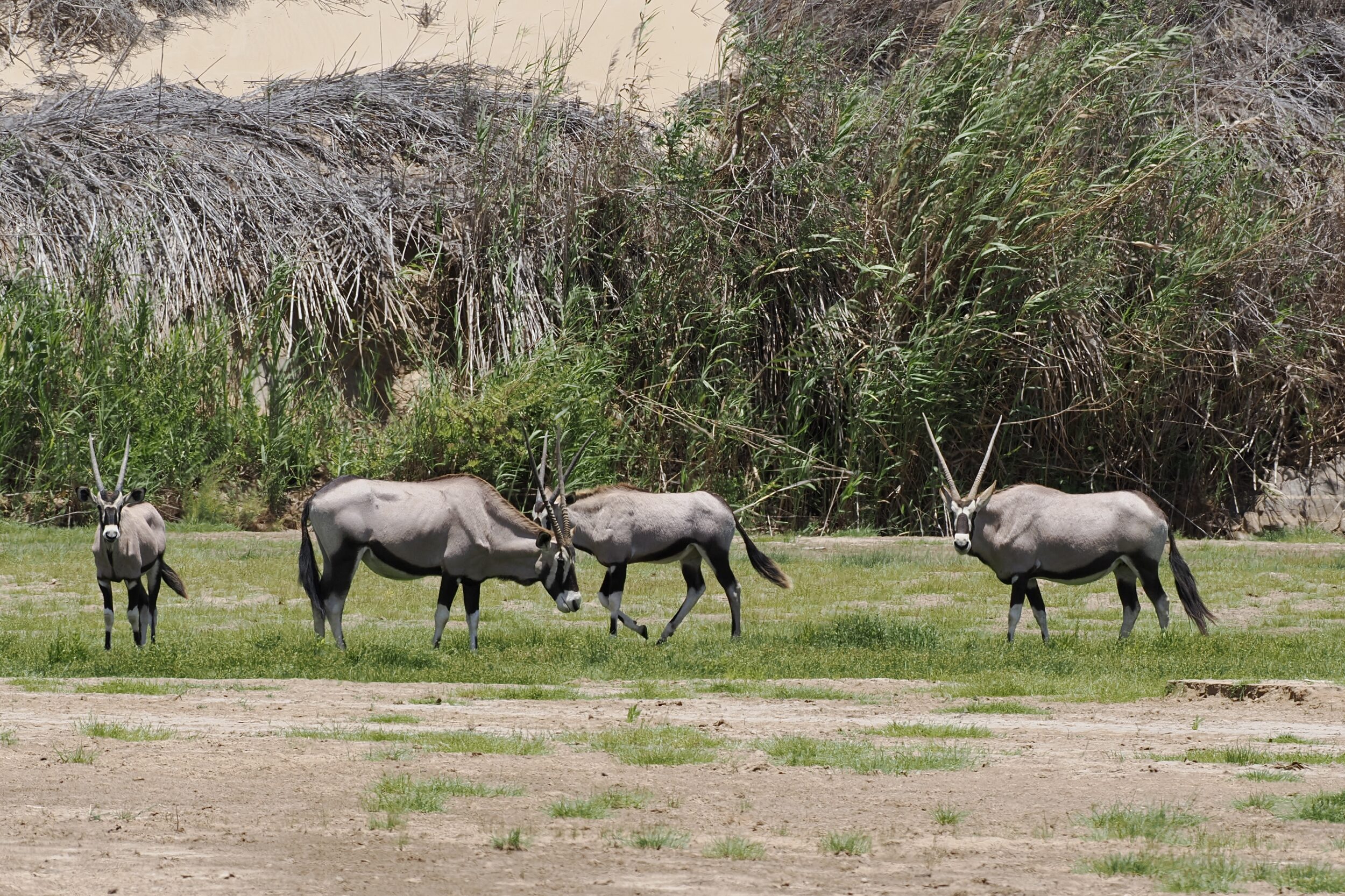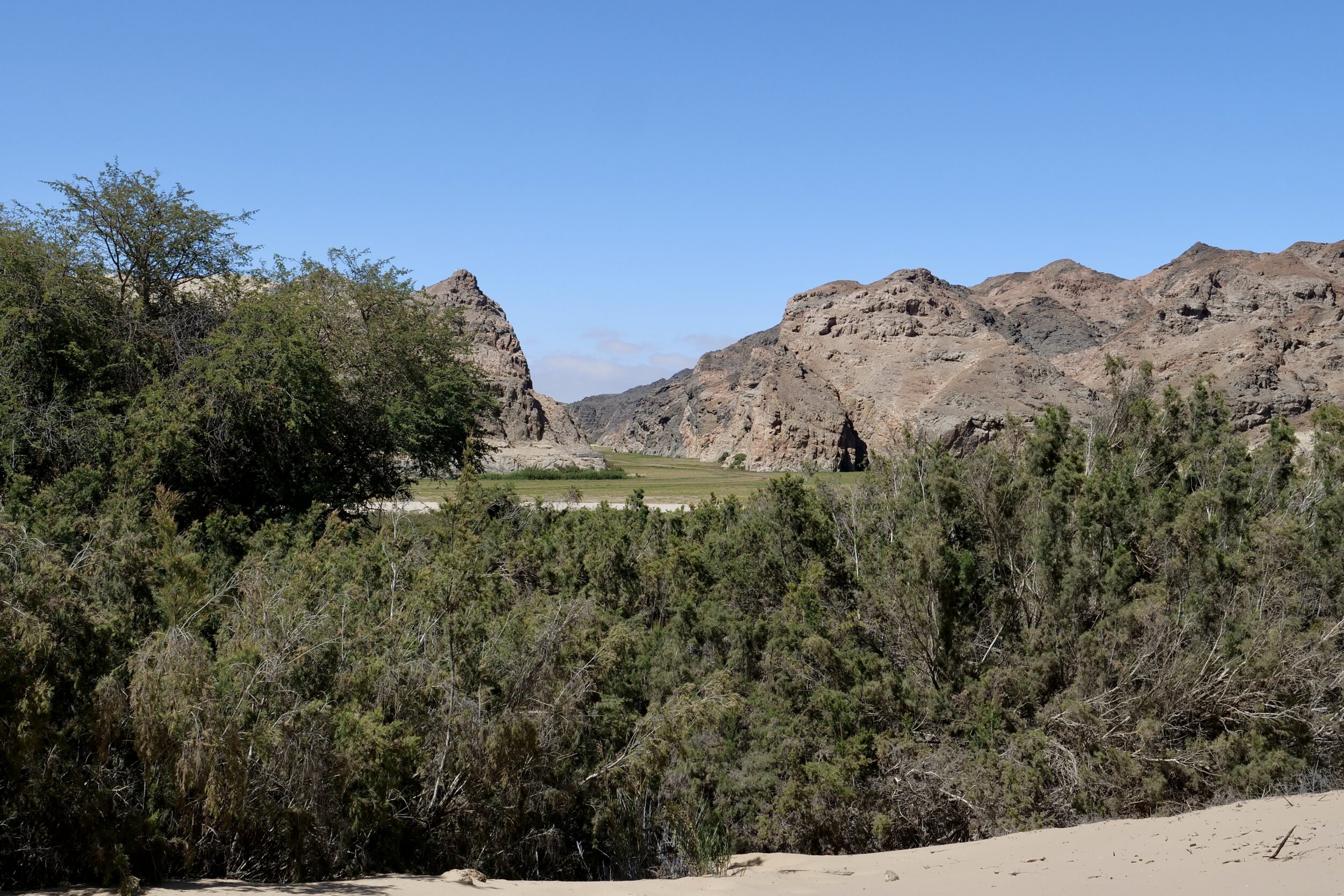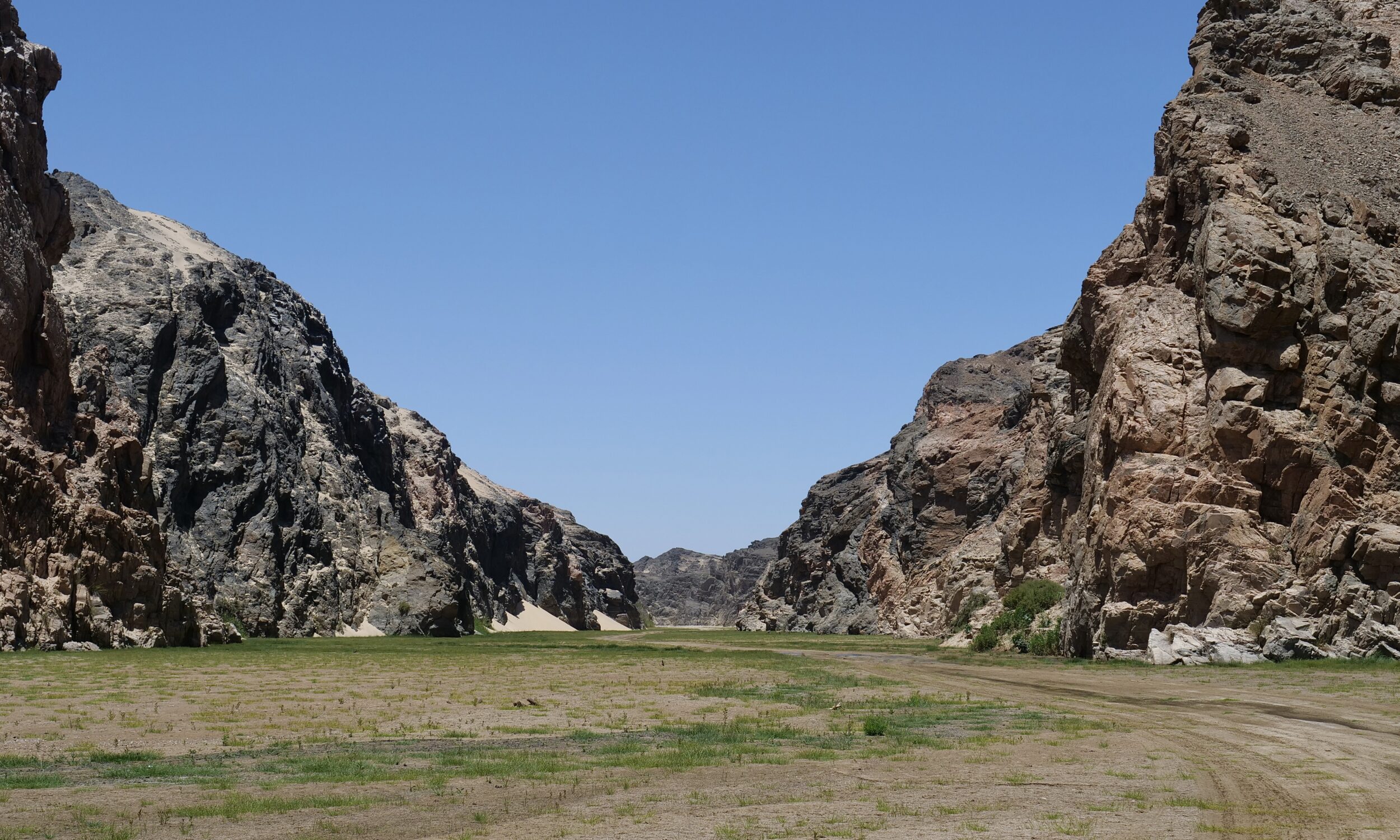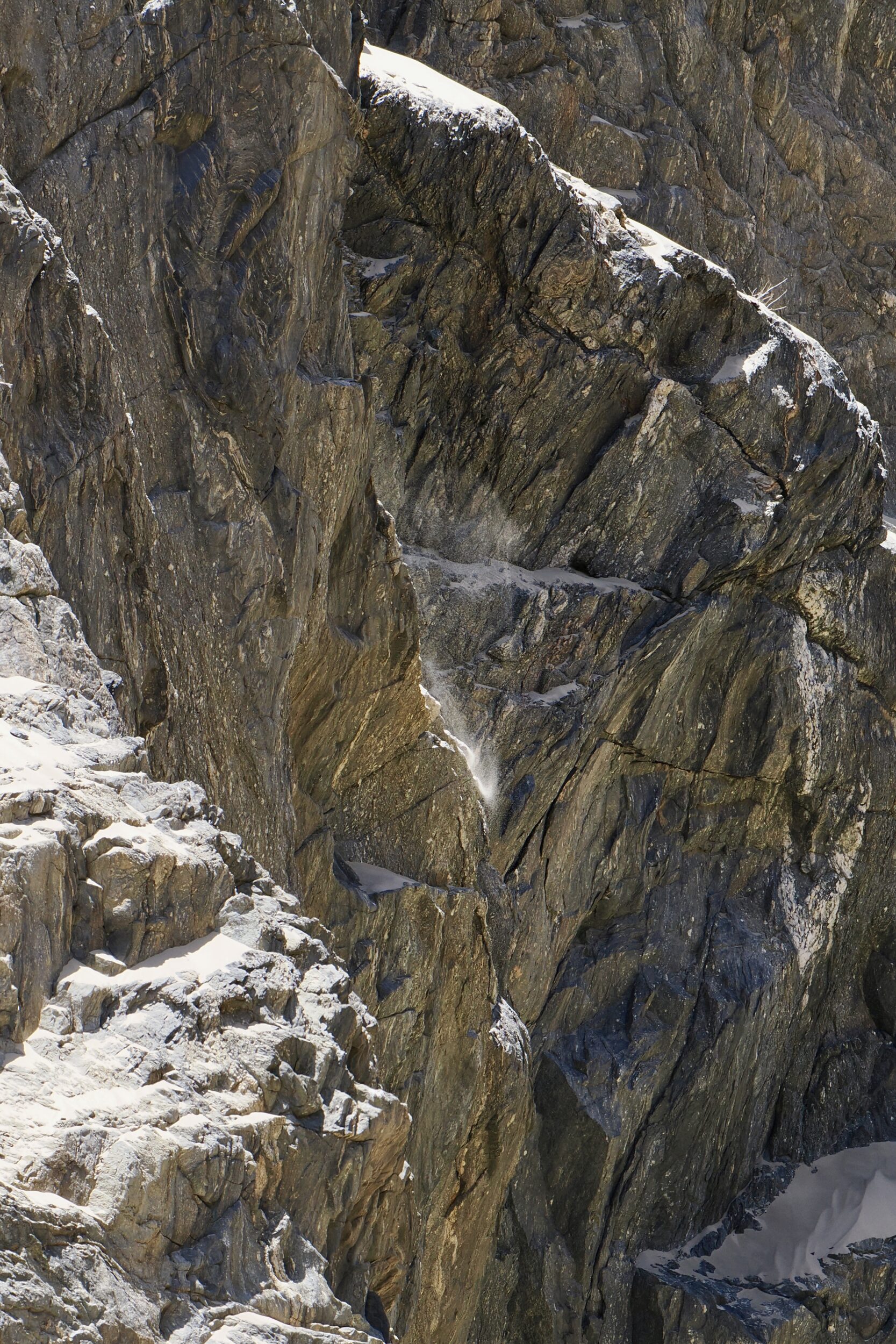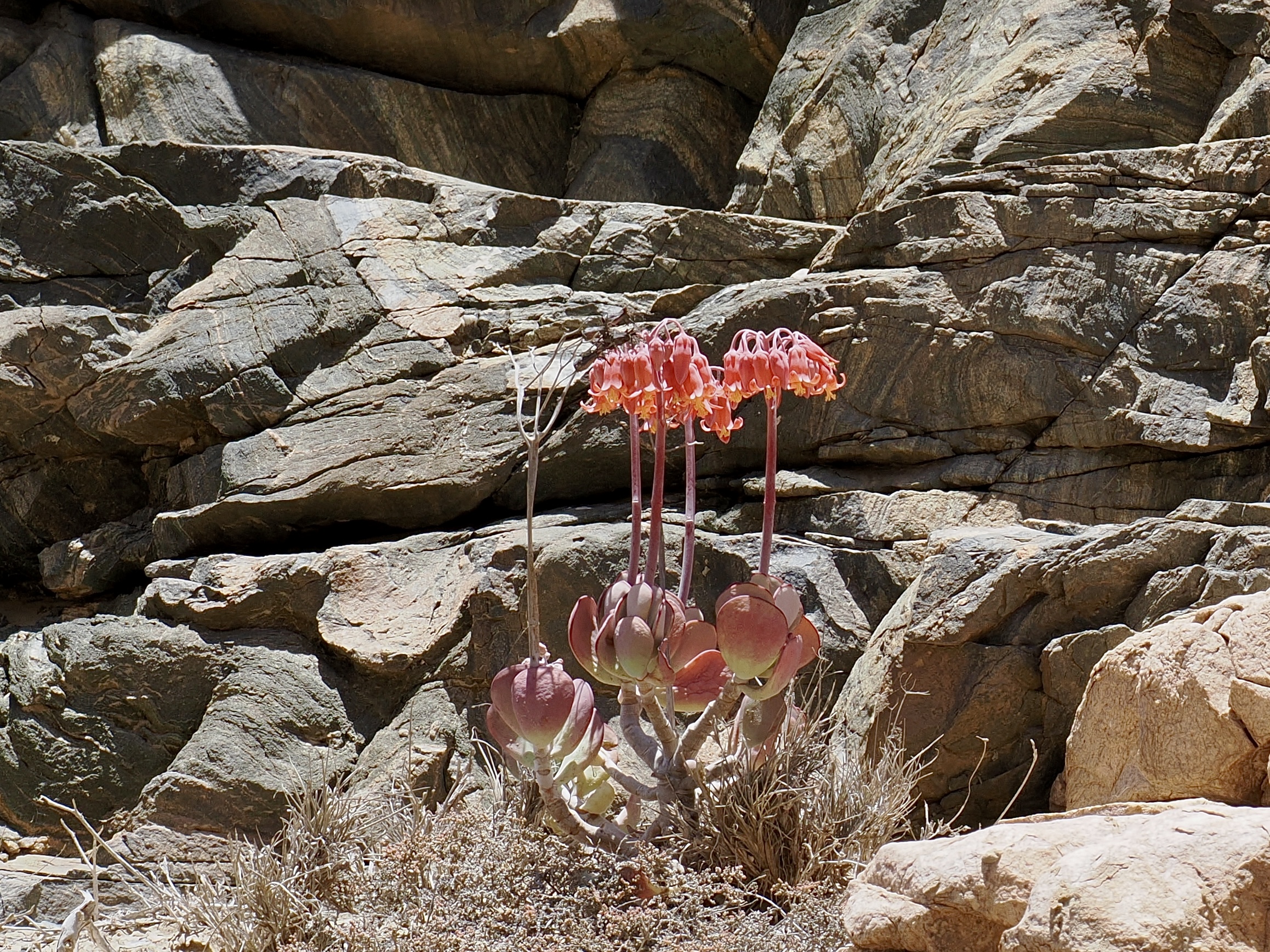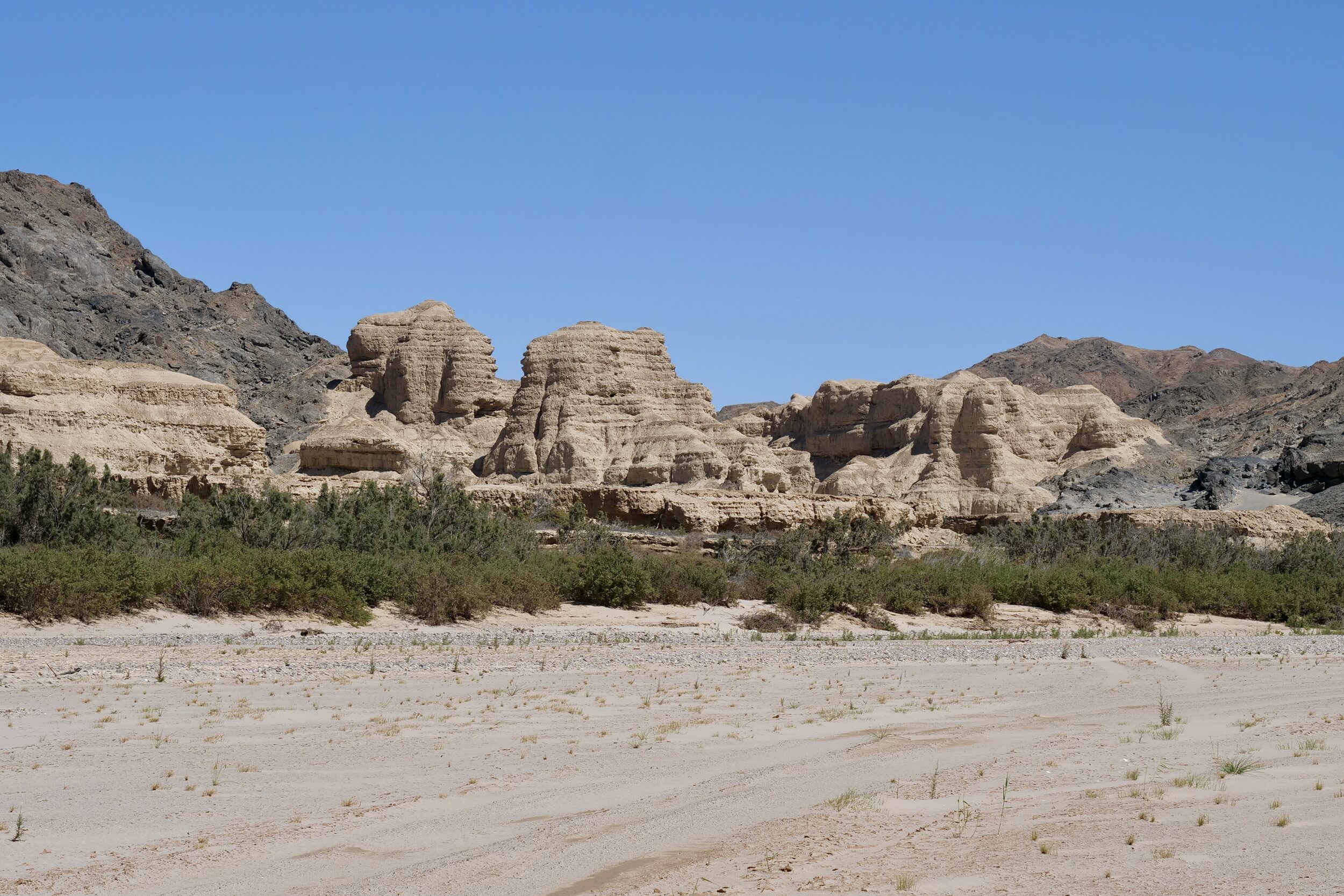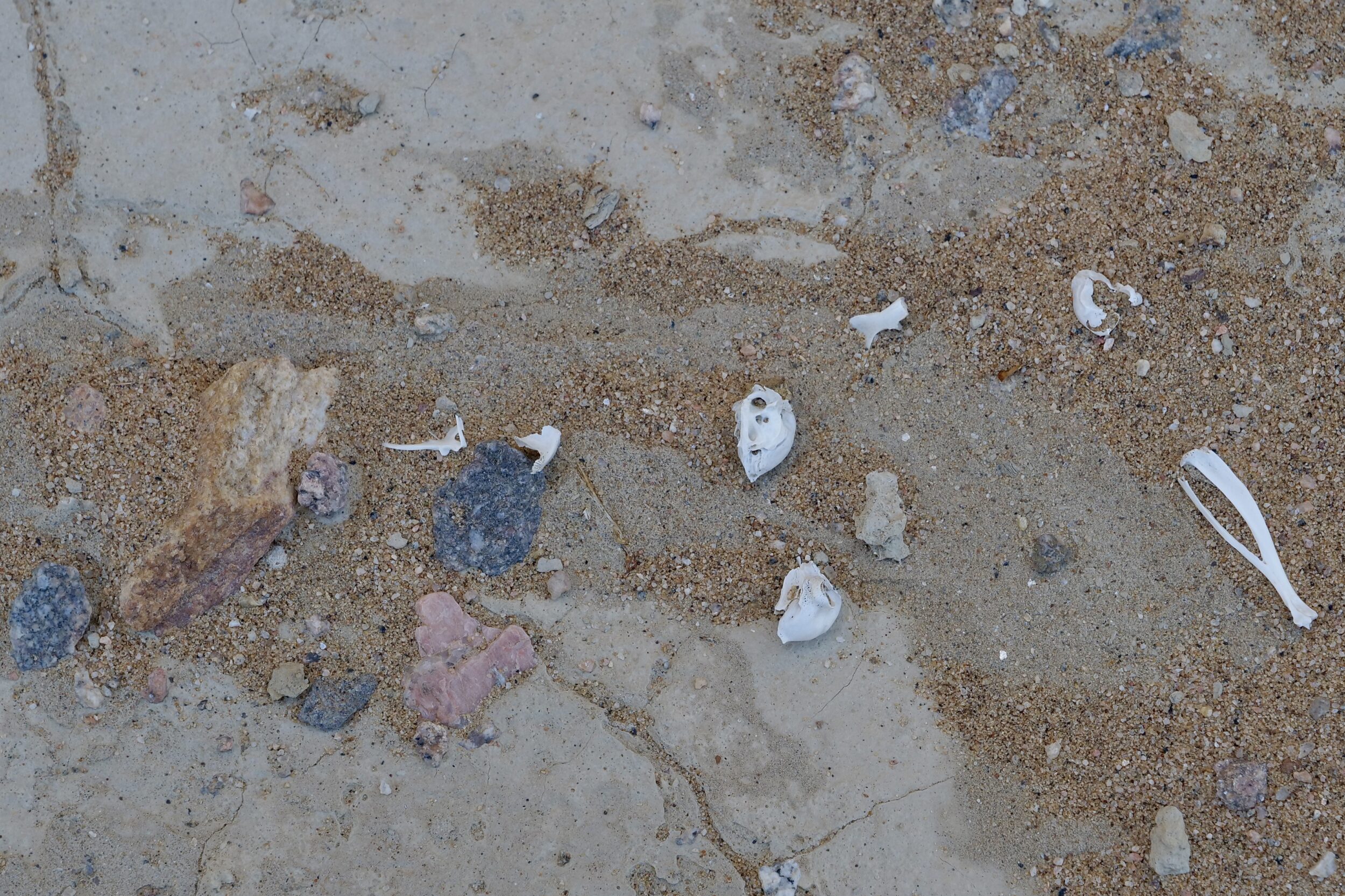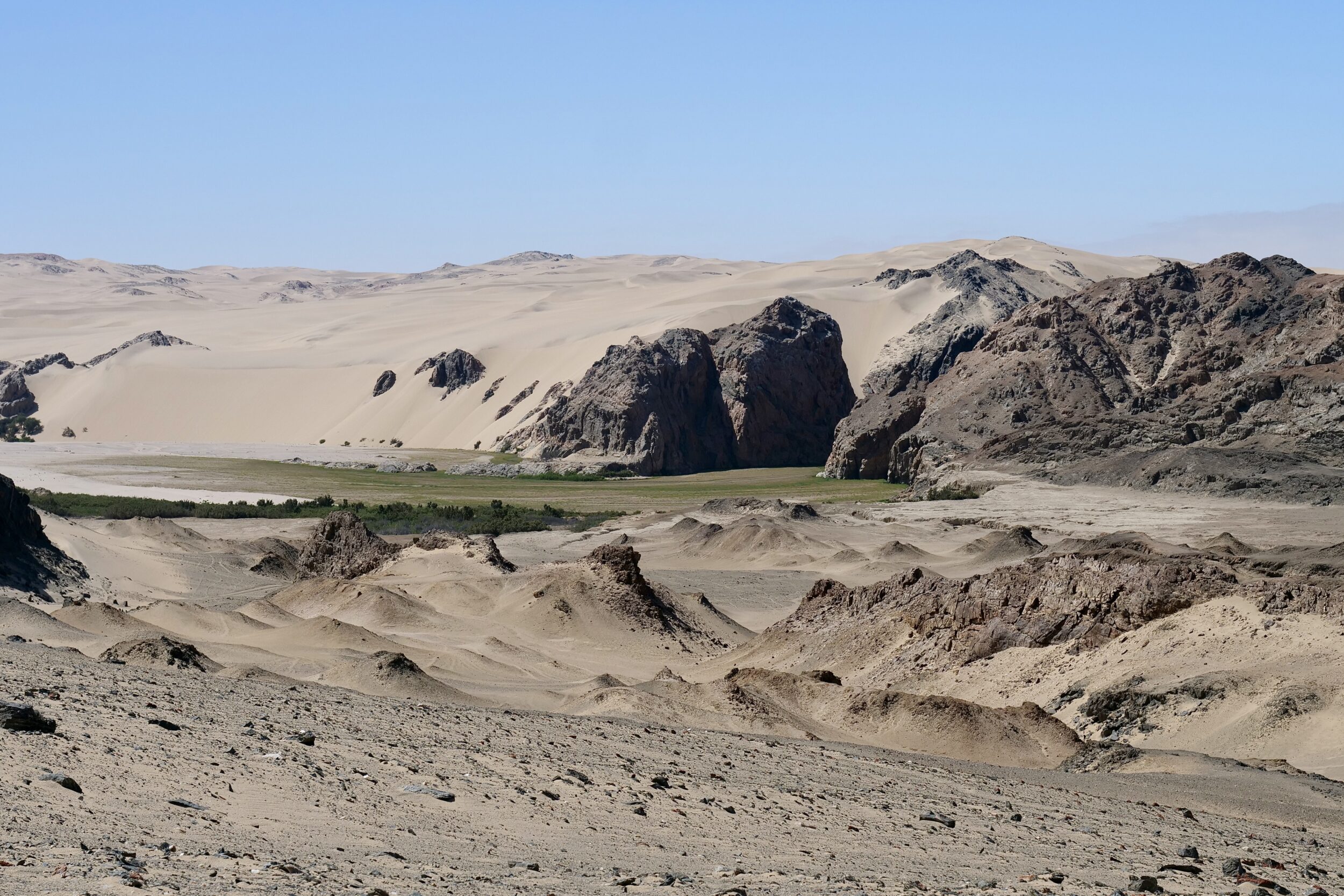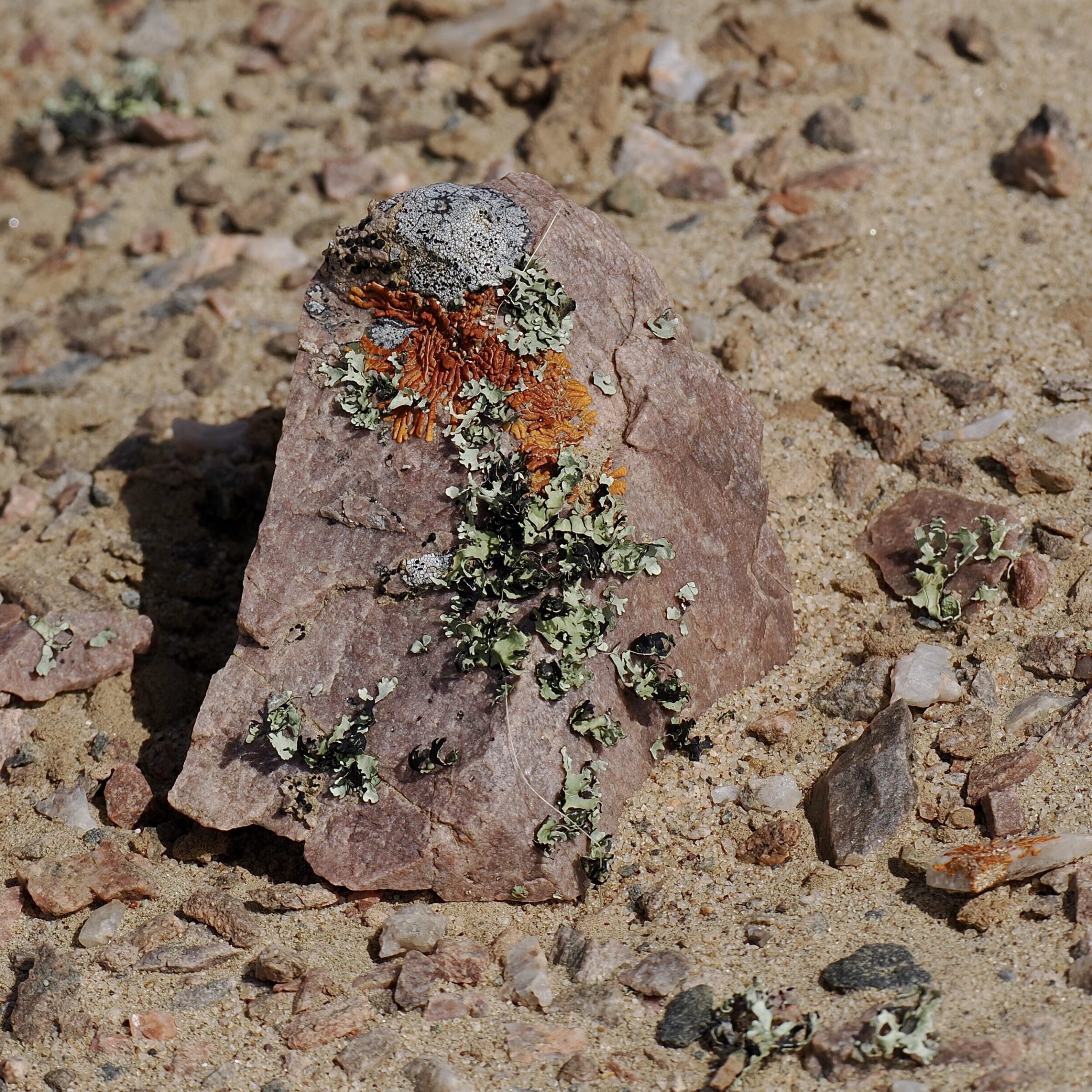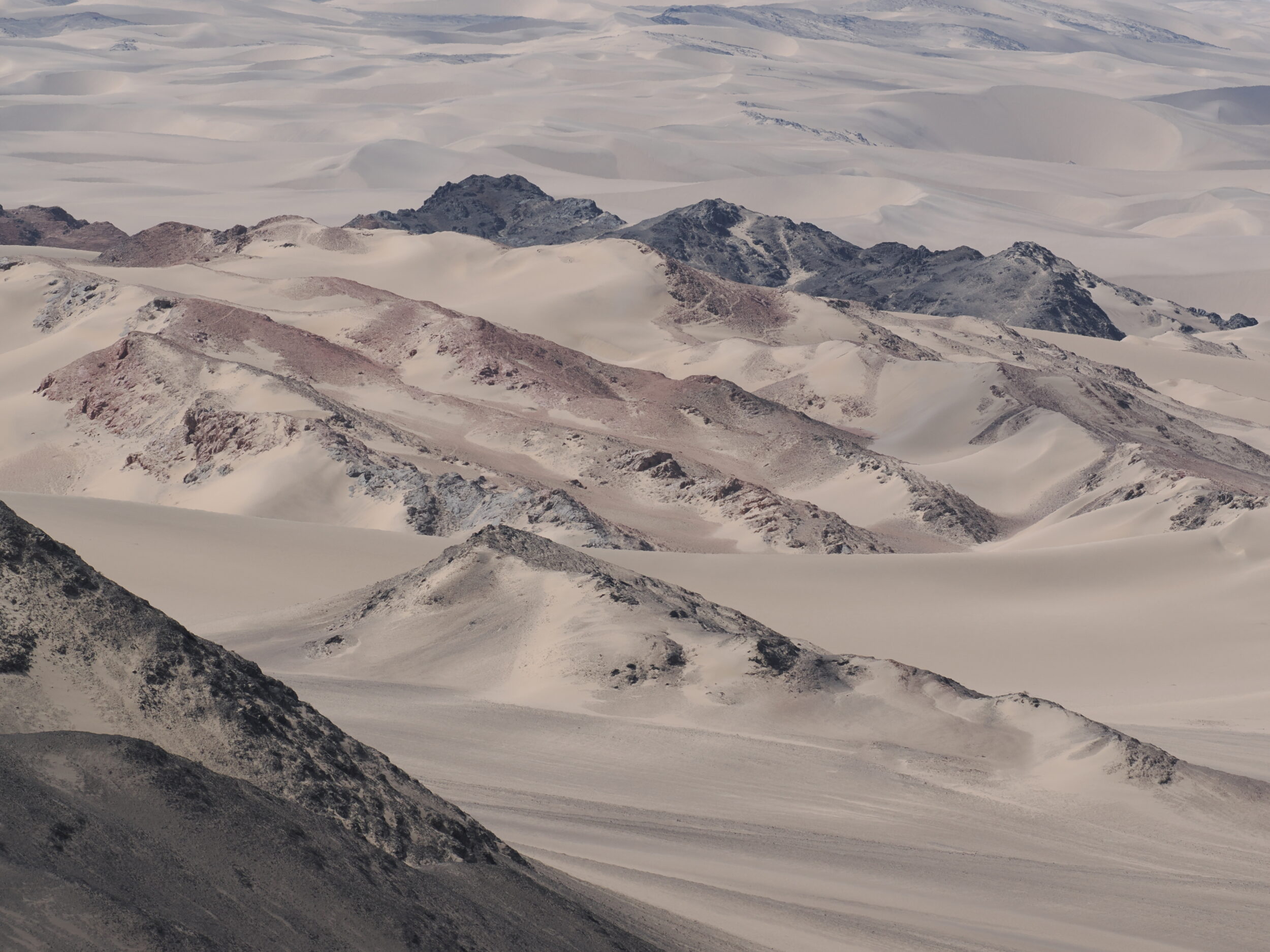This post’s heroes are superbly adapted to life in a very demanding, arid environment.
Oryx gazella – known locally as “gemsbok”, but labelled as “South African oryx” by many non-African English-speakers – is Namibia’s heraldic beast.
It is the largest oryx species.
Gemsbok are remarkably water-efficient.
Few, if any, other mammals can survive for so long, “between drinks”.
They can also reach/withstand amazingly high body temperatures – temperatures that would prove fatal to other mammals. (this ability reduces water needs and energy expenditure).
The pictured individuals are doing it “very easy”, in a place that offers green grass and mostly-moderate temperatures.
Leave a Comment